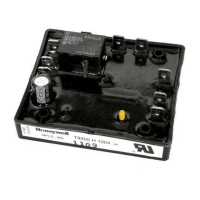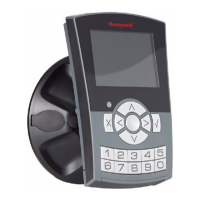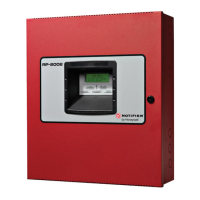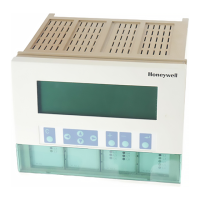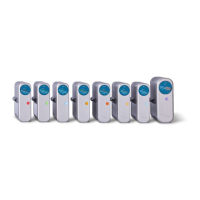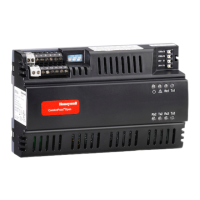NORMAL OPERATION
Part. No. 2400M2501_6 Touchpoint Pro
118 Technical Handbook
14 Alarms, Faults, Warnings and Inhibits
TPPR may be set up to monitor many types of alarms in different areas of your site or sites. They may also be set up to
react in different ways, such as:
'Latched' or 'Unlatched' alarms
Short Term and Long Term Exposure Limits (STEL / LTEL) alarms
Rate Alarm
Activation of Relay Outputs
Voting / Non-voting alarms
Digital Inputs configured as alarms
14.1 Latching Alarms
During TPPR manufacture of Configuration the alarm channels will have been set as Latched or Unlatched. The default is
usually Latched, but this can be changed if required.
Unlatched alarms self-reset once the hazard has cleared, while latched alarms require the user to verify that conditions are
safe/normal before manually resetting the alarm.
The STEL alarm can be configured as latching or non-latching. STEL alarms should normally be set to latched to capture the
event until it is acknowledged.
The STEL alarm can only be reset when TPPR has calculated that the average gas level over the STEL Time Interval has
fallen below the STEL Alarm Level. Therefore, it will take a certain time before the STEL alarm can be reset even though
there may no longer be gas present. The length of time before reset is possible depends upon the historic and current gas
concentration/time relationship. If set to non-latching, the STEL alarm indication will persist until the average gas level over
the STEL Time Interval has fallen below the STEL Alarm Level. See the next section for more detail.
14.2 STEL / LTEL Alarms
Short Term Exposure Limits (STEL) and Long Term Exposure Limits are the toxic limits that the human body can tolerate
without suffering acute or chronic distress, injury, illness or disease. These figures will vary with every chemical or gas, and
they may vary again as more advanced and long-term laboratory testing produces new results.
TPPR uses analogue gas sensors to detect and record ambient toxic gas concentrations for STEL/LTEL. These readings
have two functions: firstly a rise in gas concentration above a pre-set STEL base rate will trigger the STEL alarm and
secondly a prolonged gas concentration above a pre-set LTEL base rate averaged over a period of time will trigger the LTEL
alarm.
TPPR averages STEL gas levels every ½ minute over user-determined rolling periods ranging from 5 to 60 minutes and, for
LTEL, continuously rolling periods of 10 minutes fixed at 8-hours total; i.e. 8 hours being the standard shift length.
Full details of STEL/LTEL theory and limitations are given in Ch.10 Configuring STEL and LTEL Alarms, and details on
setting it up are given in Ch. 7 Software setup and Commissioning.
In some countries, the use of a STEL alarm with fixed gas detection equipment is not recommended.
Refer to local and national regulations for further information.
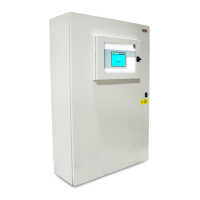
